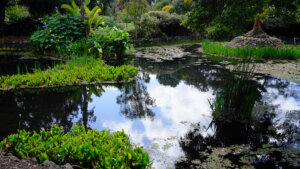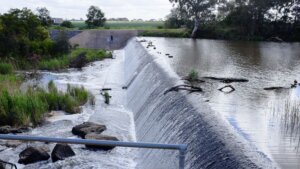You’ve probably heard about the northern lights or gone on trips where you braved the freezing cold to see them. Did you know that we can see auroras down under too? Due to geographical location, they are known as southern lights in Australia or Aurora Australis.
What is Aurora Australis?
Aurora australis is a natural electric phenomenon that creates dramatic bright and colorful light displays in the sky.
What causes Aurora Australis?
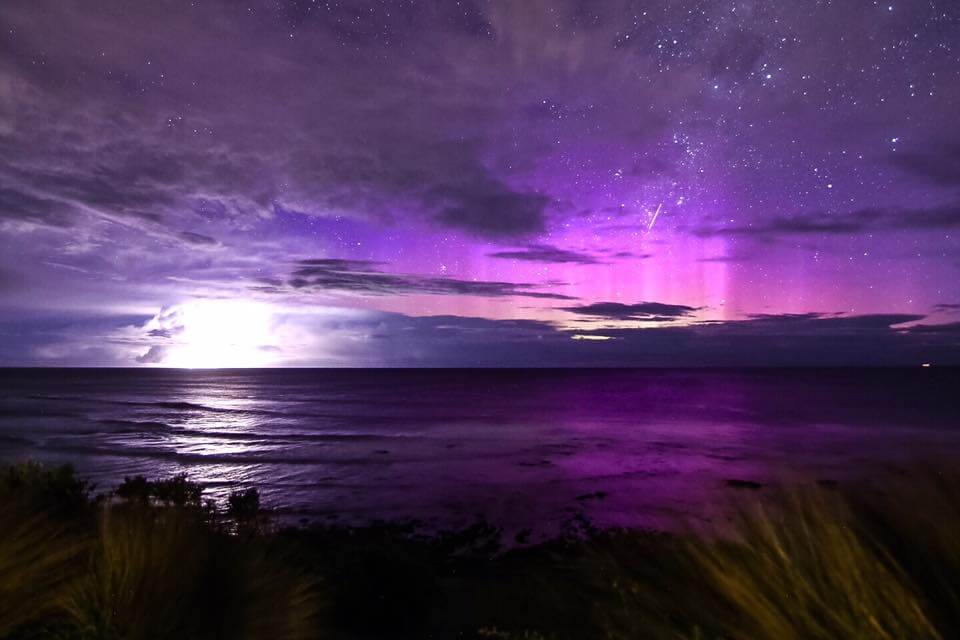
Aurora Australis is the result of various interactions in the earth’s atmosphere.
Firstly, the Sun continuously emits electromagnetic radiation and highly energised particles into space.
Secondly, solar wind, which is part of space weather, is a continuous stream of highly energized particles (mostly electrons and protons) that flow out from the Sun through space at high temperature and very high speeds of up to one million miles per hour.
Thirdly, the Earth is a giant magnet, with its magnetic field extending from the Earth’s core to the area in space where it meets solar winds. This region of this field is known as the magnetosphere, which usually shields the Earth from solar winds and other harmful cosmic rays by deflecting most of the highly charged particles from solar winds and stopping them from entering the Earth’s atmosphere.
Occasionally, when the conditions are right, highly charged particles in the solar wind enter the Earth’s atmosphere at the two poles, where they collide and interact with gas molecules and atoms. When such collisions occur, the energy from the electrons in the solar winds is transferred to electrons in the atoms of different atmospheric gases. Any excess energy is then released by these excited atoms in the form of light, resulting in a dramatic colourful display that we all swoon over.
Where can Aurora Australis be seen?
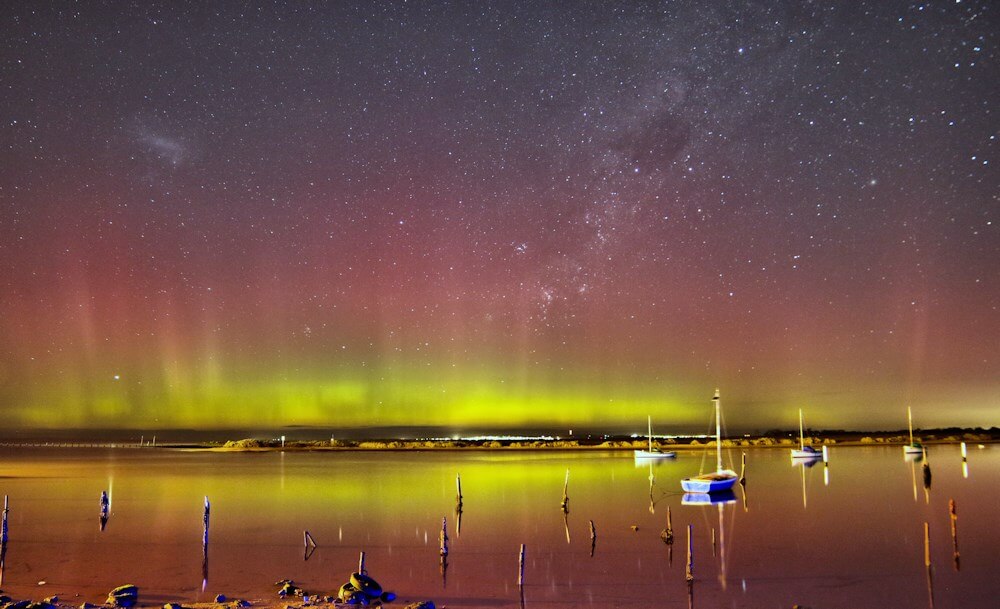
Auroral light displays tend to occur at between 50 miles (80.46 kilometres) and 200 miles (321.87 kilometres) above the surface of the Earth.
They mostly enter the atmosphere at high latitudes and can often be seen in the south of Tasmania. Occasionally they carry enough punch to be visible in Victoria, more rarely as far north as Queensland.
How to View Aurora Australis
To be able to view Aurora Australis, the following conditions are required:
- Be up and about around midnight (when it is darkest)
- A clear night (without clouds)
- Find a spot that is not affected by light pollution (this means being far away from the city)
- Have a good SLR camera and tripod
- Be as far south as possible (Tasmania is an obvious choice besides New Zealand). In Victoria, the best spots are Cape Schanck, Point Lonsdale, the south side of Phillip Island, Aireys Inlet, Angelsea, or wherever you can get a full horizon view away from light pollution. Occasionally, aurora hunters have reported seeing it along the coast in Point Cook or Werribee South.
Be aware that the Aurora Australis will look more like white flickering beams of light that moves across the sky in curtains. In order to see the colours, you will have to view them through a camera with long exposure.
Flights to the Lights
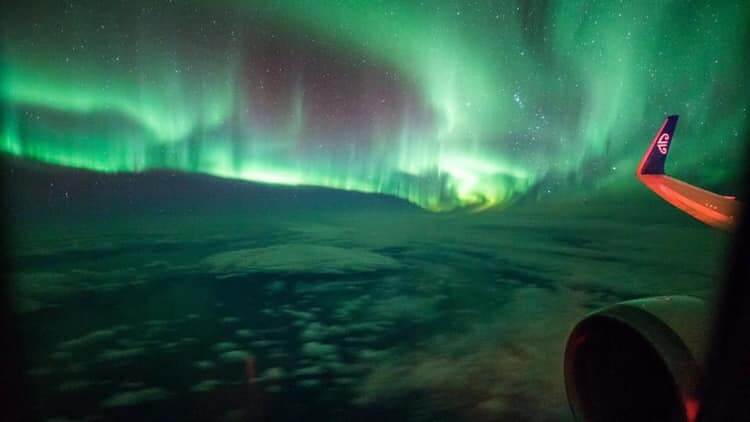
If you would like a foolproof option of being able to see the lights, you could consider taking flights to view the lights up close.
Chimu Adventures offers flights from Melbourne, Sydney, Brisbane and Perth.
Facebook Group: Flight to the Lights
Other Options
If you would like to self-drive to view the southern lights, you could join various Facebook groups to get tips.
Facebook Group: Aurora Hunters Victoria
This ends our write-up on Aurora Australis. Feel free to send us your photos of the southern lights. We would be more than happy to feature them on our Facebook page with photo credits.




